Study on the Material Evolution of Chinese Paper-Based Calligraphy and Painting and Ancient Papermaking Techniques
DOI: 10.23977/history.2025.070115 | Downloads: 7 | Views: 151
Author(s)
Li Xiaolou 1, Gao Junhan 2, Xin Qing 2
Affiliation(s)
1 Department of Conservation and Restoration,The Palace Museum, Beijing, 100006, China
2 College of Elite Engineers for Cultural Heritage, Beijing Union University, Beijing, 100191, China
Corresponding Author
Gao JunhanABSTRACT
Papermaking, as one of China’s most influential technological inventions, laid the foundation for the development of writing, painting, printing, and cultural transmission. This study traces the historical evolution of ancient Chinese papermaking and the development of paper used for calligraphy and painting, drawing upon archaeological evidence, historical texts, and fiber analysis. From the emergence of early hemp paper in the Han dynasty and Cai Lun’s innovations, through the technical refinements of the Wei–Jin and Northern–Southern dynasties, to the large-scale production and diversification of the Sui–Tang period, Chinese papermaking underwent significant transformation. The Song–Yuan period marked the integration of papermaking with printing, leading to the expansion of bamboo and mixed-fiber papers, while the Ming–Qing period represented the zenith of craftsmanship, with numerous renowned papers achieving standardized quality. Across these stages, papermaking evolved from a utilitarian craft into an art form that embodied material, aesthetic, and cultural values. The study not only outlines the technological trajectory of papermaking but also provides a theoretical reference for the conservation and restoration of traditional paper-based artworks.
KEYWORDS
Chinese Papermaking; Traditional Handmade Paper; Calligraphy and Painting Paper; Technological Evolution; Cultural Transmission; Material StudyCITE THIS PAPER
Li Xiaolou, Gao Junhan, Xin Qing, Study on the Material Evolution of Chinese Paper-Based Calligraphy and Painting and Ancient Papermaking Techniques. Lecture Notes on History (2025) Vol. 7: 95-103. DOI: http://dx.doi.org/10.23977/history.2025.070115.
REFERENCES
[1] Li, X.L., & Gao, J.H. (2025). Prediction of Paper Lifespan Based on Cellulose Degradation Kinetics: Theoretical Progress and Practical Application of Evolution Equations and Kinetic Models [J/OL]. Journal of Fudan University (Natural Science Edition), 1–12. https://doi.org/10.15943/j.cnki.fdxb-jns.20250510.001
[2] Li, A.H., Huang, L.L., & Zhu, X.C. (2021). Traditional Handmade Paper and the Restoration of Paper-Based Cultural Relics [M]. China Academy of Art Press.
[3] Hunter, D. (1978). Papermaking: the history and technique of an ancient craft[M]. Courier Corporation.
[4] Pan, J.X. (2009). History of Chinese Papermaking [M]. Shanghai People’s Publishing House.
[5] Wang, J.H. (2005). History of Ancient Chinese Papermaking Engineering Technology [M]. Shanxi Education Press.
[6] Liu, R.Q. (2016). Identification of Handmade Paper Names [J]. Paper Science and Technology, 35(05), 88–90. https://doi.org/10.19696/j.issn1671-4571.2016.05.020
[7] Liu, R.Q. (2016). Study and Discussion on Ancient Paper Names II: Paper Names of the Jin Dynasty (Part 1) [J]. China Pulp & Paper, 37(17), 73–77.
[8] Liu, R.Q. (2016). Study and Discussion on Ancient Paper Names III: Paper Names of the Jin Dynasty (Part 2) [J]. China Pulp & Paper, 37(19), 68–71.
[9] Liu, R.Q. (2016). Study and Discussion on Ancient Paper Names V: Paper Names of the Tang Dynasty (Part 2) [J]. China Pulp & Paper, 37(23), 78–84.
[10] Liu, R.Q. (2017). Study and Discussion on Ancient Paper Names VI: Paper Names of the Song Dynasty (Part 1) [J]. China Pulp & Paper, 38(01), 73–79.
[11] Liu, R.Q. (2017). Study and Discussion on Ancient Paper Names VII: Paper Names of the Song Dynasty (Part 2) [J]. China Pulp & Paper, 38(03), 73–79.
[12] Liu, R.Q. (2017). Study and Discussion on Ancient Paper Names IX: Paper Names of the Ming Dynasty (Part 1) [J]. China Pulp & Paper, 38(07), 96–100.
[13] Liu, R.Q. (2017). Study and Discussion on Ancient Paper Names X: Paper Names of the Ming Dynasty (Part 2) [J]. China Pulp & Paper, 38(09), 91–96.
[14] Liu, R.Q. (2017). Study and Discussion on Ancient Paper Names XI: Paper Names of the Ming Dynasty (Part 3) [J]. China Pulp & Paper, 38(11), 79–84.
[15] Liu, R.Q. (2017). Study and Discussion on Ancient Paper Names XII: Paper Names of the Qing Dynasty (Part 1) [J]. China Pulp & Paper, 38(15), 103–108.
[16] Liu, R.Q. (2017). Study and Discussion on Ancient Paper Names XIII: Paper Names of the Qing Dynasty (Part 2) [J]. China Pulp & Paper, 38(17), 99–104.
[17] Liu, R.Q. (2017). Study and Discussion on Ancient Paper Names XIV: Paper Names of the Qing Dynasty (Part 3) [J]. China Pulp & Paper, 38(19), 92–93.
[18] Li, X.L., Shi, Q., & Wang, N. (2020). Preliminary Analytical Study of Qing-Dynasty Porcelain-Blue Paper in the Palace Museum Collection [J]. Chinese Cultural Relics Science Research, (02), 76–81.
| Downloads: | 2187 |
|---|---|
| Visits: | 127788 |
Sponsors, Associates, and Links
-
Journal of Language Testing & Assessment

-
Information and Knowledge Management
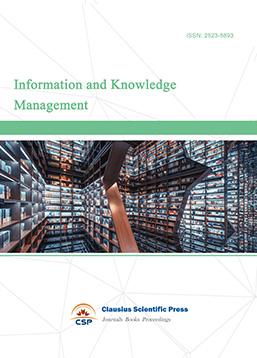
-
Military and Armament Science

-
Media and Communication Research

-
Journal of Human Movement Science
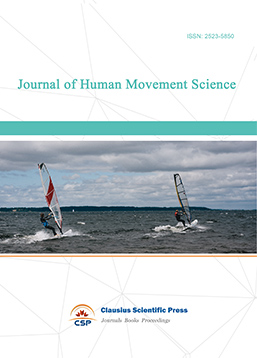
-
Art and Performance Letters
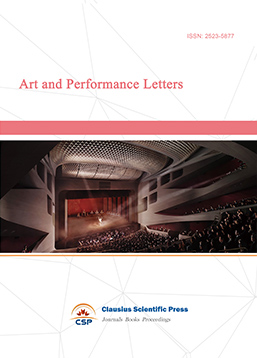
-
Lecture Notes on Language and Literature

-
Philosophy Journal
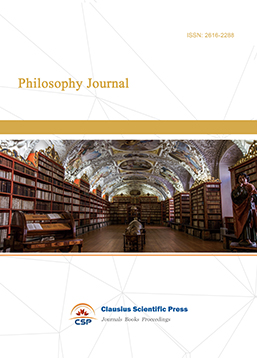
-
Science of Law Journal
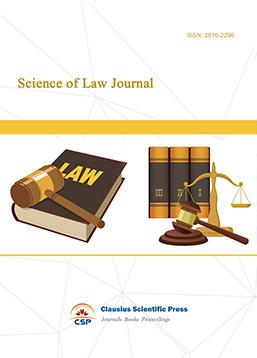
-
Journal of Political Science Research
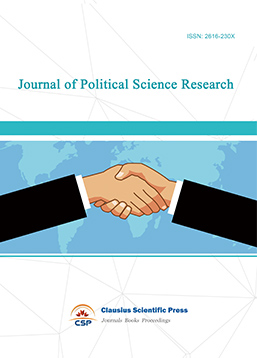
-
Journal of Sociology and Ethnology
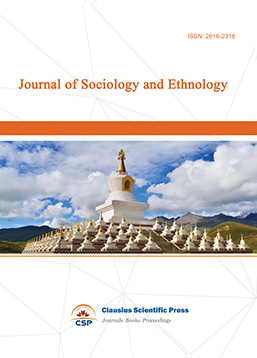
-
Advances in Broadcasting
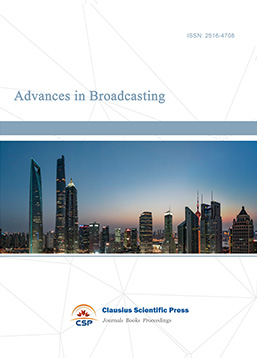

 Download as PDF
Download as PDF